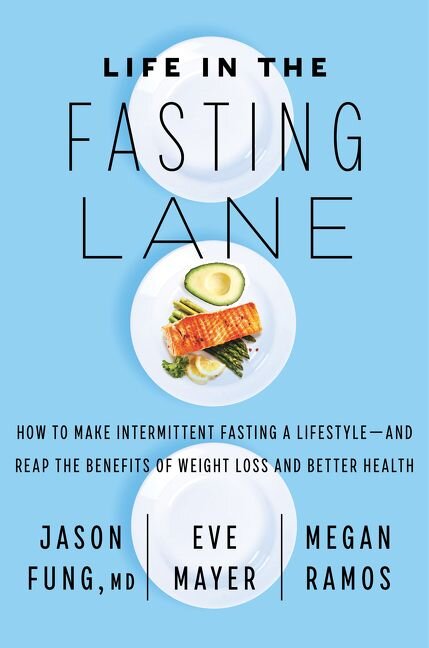Fasting & Feasting LCHF Around the World: Croatia
/We’ve all heard it. “A ketogenic diet isn’t sustainable,” or “you can’t eat low-carb while traveling.” Is it always easy? No. Is it impossible? Also no. Do I feel like I missed out? No. I indulged when it was worth it, and used fasting to recover.
Am I perfect? Yes. JK JK no way jose. But, after one month in Croatia, here are my key learnings about a ketogenic way of life around the world. Want to try at home? Check out Vegeta.
In Croatia and the surrounding Balkan countries, it is totally doable. Now, in Thailand, I may turn into a noodle, but one month at a time. Stay tuned. Croatia: CHECK!
Be selective on your splurges. Of course! You want to try the local flare and not miss out on the local culinary perspective. To me, that does not include gelato on the town square (gelato is literally available everywhere), fries with your burger, or a coke at dinner “because I’m out of town.” It means: eating the freshly baked bread at the Croatian farm you’re visiting (drenched in homemade EVOO) because you know where it came from; eating a locally made cherry dessert by the village’s grandmother; eating fresh figs, pomegranates, almonds and dates from the farm because 1) they are real food, 2) Croatia is part of the Mediterranean and these foods will never be as good around the world as they are right now.
Fasting is an excellent way to recover from your splurges and get back on the keto train. 16:8 on the reg for me with one to two 24+ during the week pending on my splurges.
Here’s how I feasted in Croatia:
Dalmatian Prosciutto: Yes, prosciutto is Italian in nature. But, there is a lot of Italian influence in Croatia (mostly because of geography), and this includes food. The Dalmations do it differently: the only thing they add to the meat during the process is salt. No artificial ingredients, flavors or additives. Only salt. Pair this with a cheese plate, some olives, and delicious wine - you’re set.
Peka: A signature Croatian dish slow-cooked for a couple of hours under hot-coals. Traditionally there are two types: meat and octopus. It’s typically served with potatoes and veggies. Make it low-carb by limiting or eliminating the sides and focusing on the meat (meat is my love language, after all).
Meats and Cheeses: Are really popular here. They take up a huge amount of real estate in the grocery store. They are also simple, quick, affordable and keto. When I ate lunch, I typically ate mortadella, cheese, olives, and pickles.
Ćevapi: These are a traditional Balkan dish, minced meat sausage (a mixture of lamb, pork, beef). You can order them at a restaurant, or buy them at the store and fry ‘em up at home. They are delish and traditionally served with a red-pepper sauce called Ajvar.
Pljeskavica punjena sirom: This is a giant hamburger patty, stuffed with cheese. It is fantastic. It doesn’t even come with a bun! BRB. All my dreams are coming true. There are two main types of sides here, fries and vegetables. No fries, sub veggies. OR - no fries, double veggies.
Bread and EVOO: The bread here is incredible. I enjoyed it (mostly as a vehicle to transport the most amazing olive oil I’ve ever had to my mouth) in moderation, and used fasting to recover. Science-based tip: Eating a fat source such as EVOO with a carbohydrate source not only satiates you, but helps control your blood sugars vs just eating the carb source on their own. A glass of wine with your meal also helps control your blood sugar response, too. Cheers.
Plavac Mali: A local Croatian wine varietal that’s very similar to a red zinfandel. Plavac meals blue, mali means small so it is a small blue grape.
Vegeta: Another local seasoning that the Croatians put on everything - meats, veggies, etc. It’s good - a nice salty flavor that is hard to describe but is very similar to a soup base/mixture. Get it on Amazon here.







































